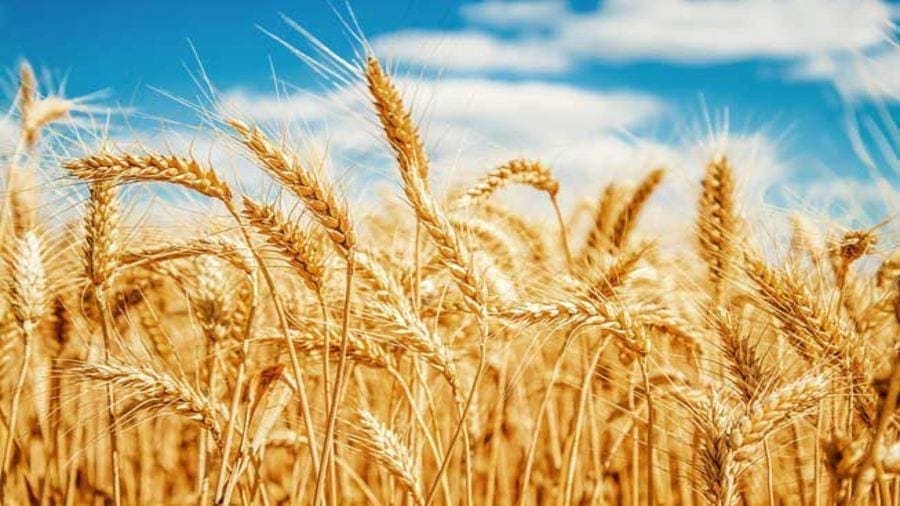ETHIOPIA – Lowland wheat initiative in Ethiopia has kicked off and set to cover more than 132,000 hectares of land across three lowland basins i.e Awash, Wabeshebelle and Omo regions to ensure food self-sufficiency and improving the livelihoods of Ethiopian smallholders’ farmers.
The Lowland areas are locations where wheat production was not previously practiced and dominated by pastoralism as the main economic activity.
The initiative is a partnership between the Ministry of Agriculture and the Ethiopian Institute of Agricultural Research (EIAR), the Ethiopian Agriculture Transformation Agency (ATA), the Ethiopian Agricultural Research Council Secretariat (EARCS), regional bureaus of agriculture and other stakeholders.
Lowland wheat production was successfully demonstrated in Awash and Omo basins in 2018/2019.
The initiative will be demonstrated on 1,500 hectares along the Awash basin, 3,200 hectares along the Wabeshebelle basin and on 660 hectares along the Omo basin.
Additionally, there is a plan to move to large scale production in Awash and Wabeshebelle basins on more than 32,000 and 3,200 hectares, respectively.
“The implementation of the lowland wheat project will contribute to achieving Ethiopia’s import substitution efforts in the long term and will also have an immediate positive impact on improving the livelihoods of the farmers and pastoralists residing in the implementation areas,” said Dr Kebere Bezaweletaw, ATA Senior Project Officer, Crop Value Chain.
The ATA and the EARCS are jointly engaged in demonstration of lowland wheat along the Omo basin. They have already mobilized the required agricultural inputs and provided training and technical support.
The MoA will engage in controlling birds that destroy the wheat farm during plantation and harvesting periods, while EIAR will provide cross-cutting technical support to the initiative in all three basins in addition to the lowland wheat project it runs in the Awash basin.
According to Addis Standard, both smallholder and commercial farmers in the targeted regions have demonstrated their willingness to be involved in the project.
At full implementation, the lowland wheat initiative will cover more than 132,000 hectares of land across the three basins and is expected to produce nearly 6 million quintals of wheat along with more than 100,000 quintals of improved wheat seeds.
Combined with the existing support to increase production and productivity in the Ethiopian highlands, this lowland wheat project will make significant contributions towards achieving Ethiopia’s plan to gradually replace importation as laid out in the country’s import substitution strategy.
Ethiopia is among top Africa’s wheat producing countries with the commodity accounting for about 20% of the country’s total cereal production.
Despite of that, Ethiopia has not been able to meet the demand of the commodity in the country which estimated by USDA stands at 6.3 million tonnes.
This has led the government to continuously import wheat from the Black Sea region for the last several years.
With the introduction of the lowland wheat initiative and import substitution, food sustainability without importation will be a reality.









